Four NASA Earth Science missions to launch in 2022
Thursday, 16 December 2021 02:32
NASA’s Earth Science Division is preparing to launch four satellite missions in 2022 to provide observations of weather conditions, mineral dust, oceans and surface water.
Honeywell and Skyloom to produce laser crosslinks for military and commercial satellites
Wednesday, 15 December 2021 22:51
Honeywell announced Dec. 15 it has teamed with telecommunications startup Skyloom to produce optical crosslink terminals for commercial and military satellites.
Biden taps former NRO official Frank Calvelli to run Space Force acquisitions
Wednesday, 15 December 2021 21:07
President Biden nominated Frank Calvelli to be assistant secretary of the Air Force for space acquisition, the White House announced Dec. 15.
Foust Forward | The missing element of the first National Space Council meeting of the Biden administration
Wednesday, 15 December 2021 19:52
Keeping the space industry involved is key to ensuring they have a voice in how policy priorities are implemented and winning their support when those policies require new legislation and funding.
NASA's Ingenuity Mars Helicopter reaches a total of 30 minutes aloft
Wednesday, 15 December 2021 19:45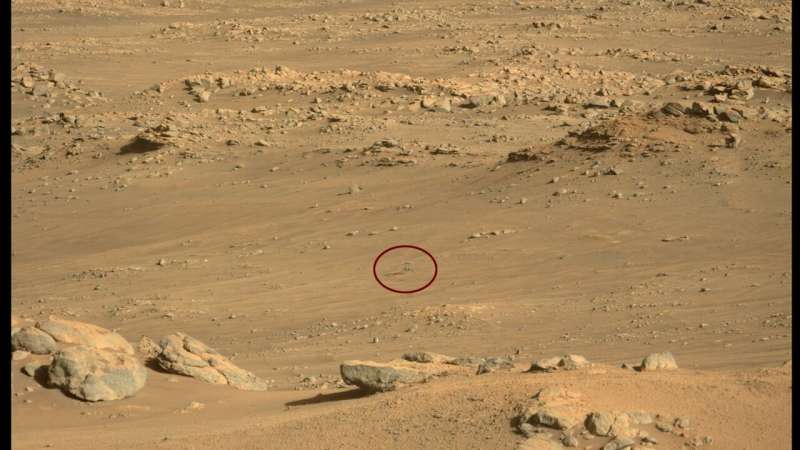
The 17th flight of NASA's Ingenuity Mars Helicopter on Dec. 5 pushed the total flight time past the 30-minute mark. The 117-second sortie brought history's first aircraft to operate from the surface of another world closer to its original airfield, "Wright Brothers Field," where it will await the arrival of the agency's Perseverance Mars rover, currently exploring "South Séítah" region of Mars's Jezero Crater.
Congress passes the 2022 National Defense Authorization Act
Wednesday, 15 December 2021 19:25
The Senate on Dec. 15 passed the National Defense Authorization Act for Fiscal Year 2022 with broad bipartisan support in a 89-10 vote.
Raytheon wins $67 million U.S. Space Force contract to build weather satellite prototype
Wednesday, 15 December 2021 19:23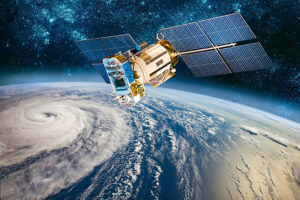
Raytheon Technologies was awarded a $67 million contract to build a weather satellite prototype for the U.S. Space Force.
Stoke Space raises $65 million for reusable launch vehicle development
Wednesday, 15 December 2021 18:52
Stoke Space raised $65 million in a Series A round announced Dec. 15, funding development and testing of the upper stage of a reusable launch vehicle.
Cracking the mystery of nitrogen ice dynamics on Pluto
Wednesday, 15 December 2021 15:19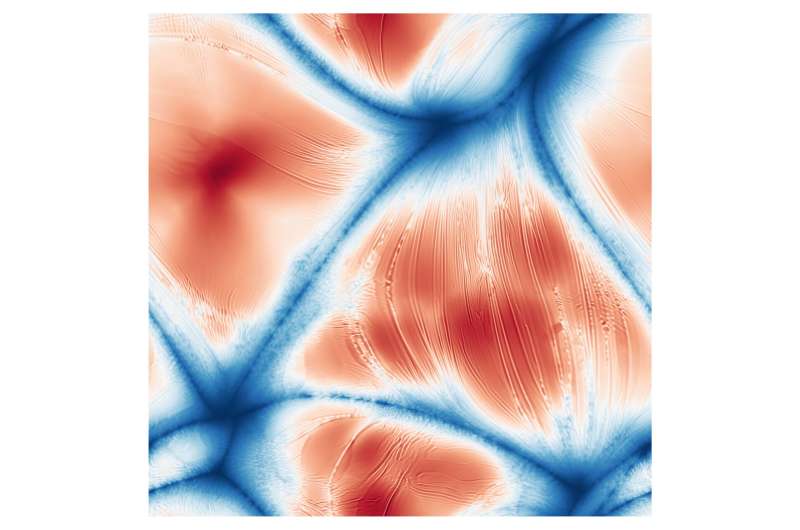
Sputnik Planitia, a basin on the surface of Pluto filled with nitrogen ice, displays an astonishing pattern of flat polygons separated by narrow troughs. This feature is a sign of thermal convection within the icy mass that constantly renews its surface. Until now the driver of this process was a riddle.
However, in their study published in Nature on 15 December 2021, researchers from the CNRS, ENS de Lyon, and the University of Exeter unveil the mystery behind the formation of these structures. Despite the low level of solar radiation, the nitrogen ice here is regularly sublimated, i.e., transformed directly into gas without first becoming a liquid.
This sublimation results in local cooling that causes movements in the ice layer on the scale of 100,000 years, which is comparable to the speed of tectonic plate motion on Earth.
Swarm and Cluster get to the bottom of geomagnetic storms
Wednesday, 15 December 2021 15:10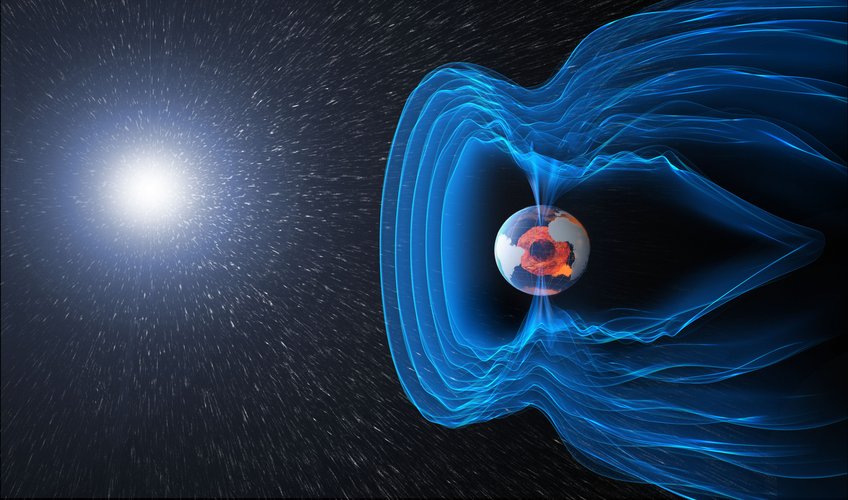
The notion of living in a bubble is usually associated with negative connotations, but all life on Earth is dependent on the safe bubble created by our magnetic field. Understanding how the field is generated, how it protects us and how it sometimes gives way to charged particles from the solar wind is not just a matter of scientific interest, but also a matter of safety. Using information from ESA’s Cluster and Swarm missions along with measurements from the ground, scientists have, for the first time, been able to confirm that curiously named bursty bulk flows are directly connected
Op-ed | Don’t wait for a disaster: Industry-led space traffic management
Wednesday, 15 December 2021 14:30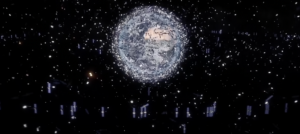
History indicates that it will take a crisis for any government-led STM solution to receive the necessary funding and reforms. Thus, the commercial space industry needs to step in now.
Type One Ventures raises investment target
Wednesday, 15 December 2021 13:00
Type One Ventures has raised $34 million of the $50 million it plans to invest in space technology and deep technology startups through its second fund.
Communications problem delays JWST launch
Wednesday, 15 December 2021 11:14
A communications problem has delayed the launch of NASA’s James Webb Space Telescope by at least two more days, the agency announced late Dec. 14.
SatRevolution Secures Series B Funding from Virgin Orbit
Wednesday, 15 December 2021 10:00 SatRevolution S.A. has secured Series B funding from Virgin Orbit, the US-based responsive launch and space solutions company that has announced a planned business combination with NextGen Acquisition Corp. II. The Transaction values SatRev at approximately $150 million, and will support SatRev's business development.
The Transaction, signed at World Satellite Business Week, follows a stra
SatRevolution S.A. has secured Series B funding from Virgin Orbit, the US-based responsive launch and space solutions company that has announced a planned business combination with NextGen Acquisition Corp. II. The Transaction values SatRev at approximately $150 million, and will support SatRev's business development.
The Transaction, signed at World Satellite Business Week, follows a stra Parker Solar Probe data bolsters theories in long-running solar riddle
Wednesday, 15 December 2021 10:00 Data collected by NASA's Parker Solar Probe bolsters theories previously put by University of Michigan researchers about one of the sun's greatest mysteries-why its outer atmosphere is hotter than its fiery surface.
Two years ago, U-M engineers predicted when the probe would pass a constantly moving, invisible barrier in the sun's upper atmosphere called the Alfven point. They also anticip
Data collected by NASA's Parker Solar Probe bolsters theories previously put by University of Michigan researchers about one of the sun's greatest mysteries-why its outer atmosphere is hotter than its fiery surface.
Two years ago, U-M engineers predicted when the probe would pass a constantly moving, invisible barrier in the sun's upper atmosphere called the Alfven point. They also anticip 